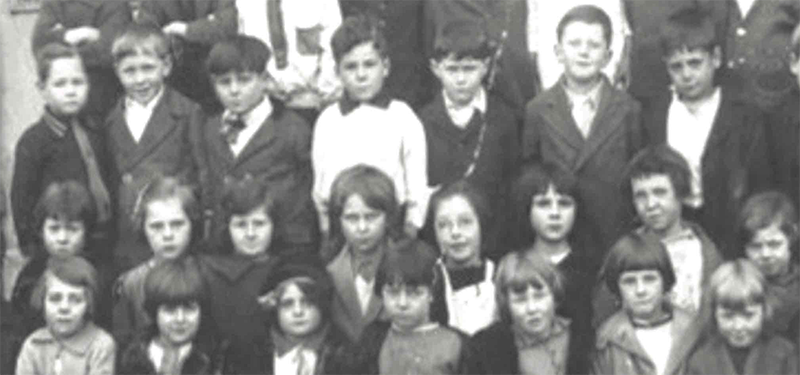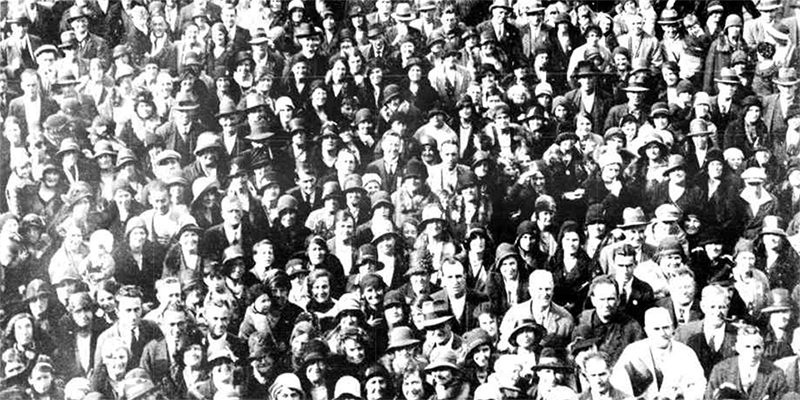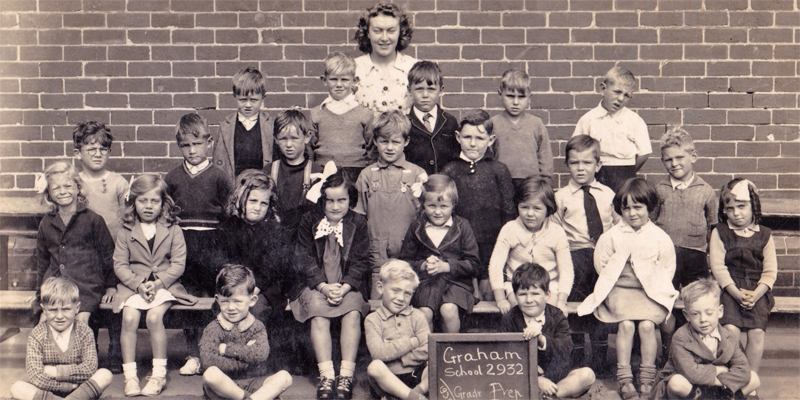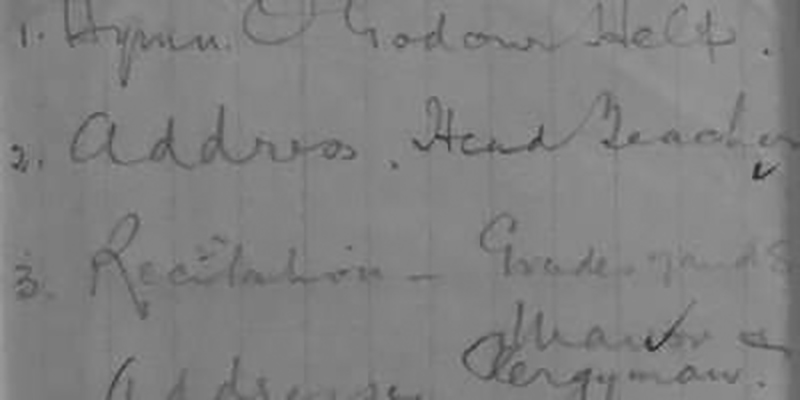In 1989 Graham Street Primary School marked its centenary. This badge from the PMHPS collection celebrates the event. We don't know who drew the picture but Pam Snowden who worked in the office for 40 years remembers that the school's badge making machine was in high demand by staff and students.
Graham Street School Centenary Badge. PMHPS Collection Cat No…





